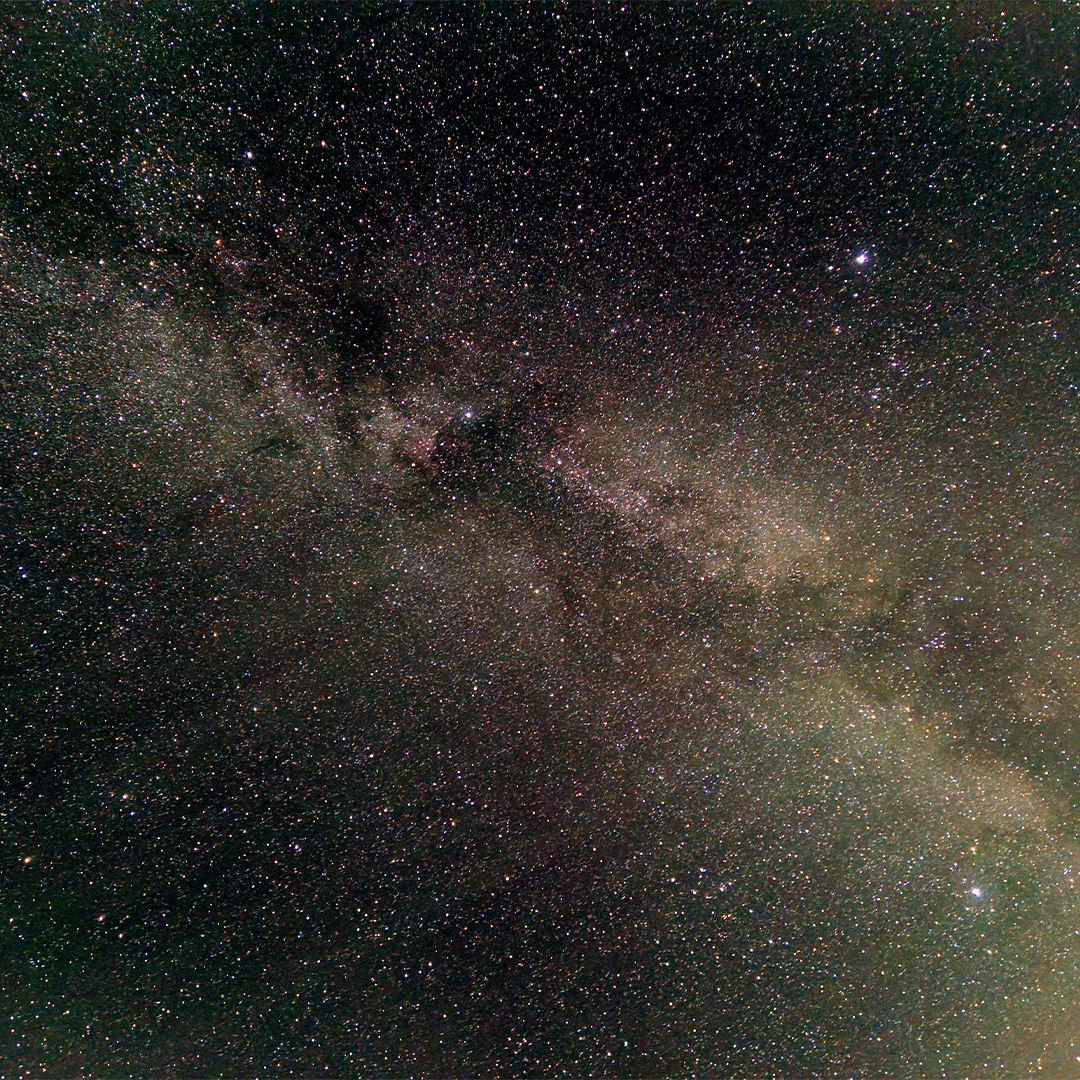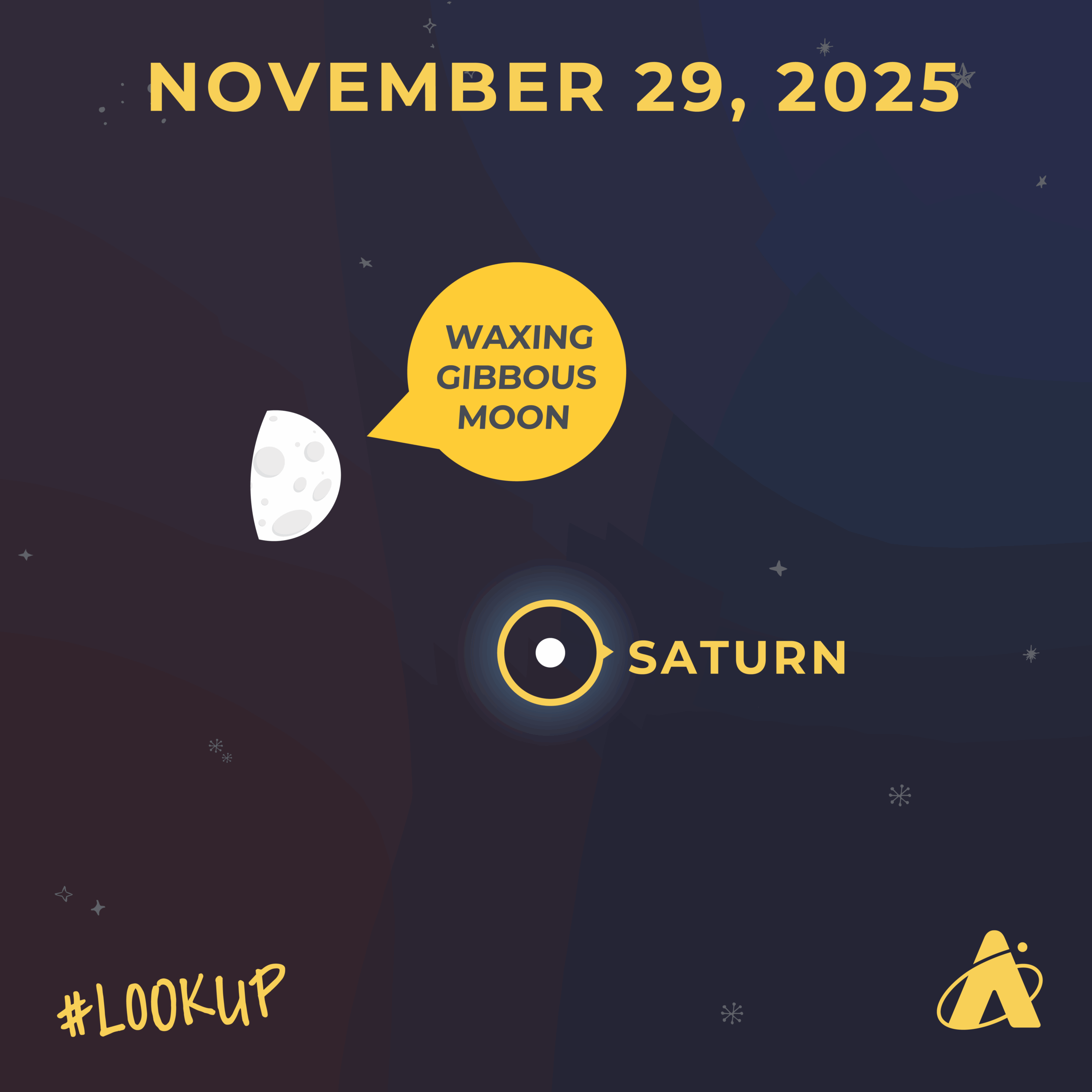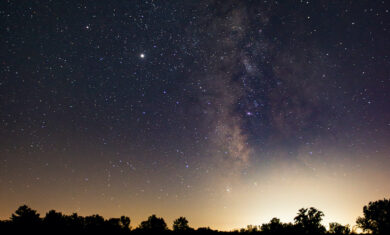Adler Skywatch: November 2025

Header Image: Dark sky image of the Milky Way taken in Middle Fork River Forest Preserve. Image credit: Vinnie Lotesto
If you’ve been bothered by the late sunrises during the latter half of October, you’ll get a brief reprieve in November 2025.
Daylight Saving Time Ends
In the Chicago area, the Sun has been rising after 7:00 am since October 13. On November 1, it rises at 7:23 am. But on the very next day, November 2, the Sun rises at 6:25 am. That’s because Daylight Saving Time (DST) ends for 2025 on November 2, at 2:00 am local time. On this date, those areas that follow DST get to turn their clocks back one hour, and get an extra hour of sleep! Throughout November, the Sun will rise before 7:00 am until early December.
The return to Standard Time means our sunrises are about an hour earlier, but it also means our sunsets are earlier too. Sunrises move from after 7:00 am to after 6:00 am, and sunsets move from around 5:45 pm to just after 4:45 pm.
November’s Supermoon

Like last month’s full Moon, November’s full Moon—which rises on November 5—can be considered a supermoon. A supermoon occurs when a full Moon (or new Moon) is close to its perigee, or closest point to Earth. As a result, a supermoon may look slightly bigger and brighter than a typical full Moon. November’s is the closest supermoon of the year, being fewer than 222,000 miles from Earth.
This month’s full Moon earns the nickname the “beaver supermoon,” as this is the time of year when the large American rodents are busy finishing up their winter homes.
Planet Spotting This November
Spotting Saturn
In planetary action this month, Saturn rises in the east-southeast before sunset each day around first-magnitude in brightness. Early in the month, start looking for it low in the east-southeast during early dusk. Later in the month, try looking around the same time, but a little higher in the southeast sky.

Around mid-evening, Saturn gets about 45 degrees high in the southern skies. The evening of November 29, it’s less than five degrees away from the bright side of a waxing gibbous Moon. Saturn sets in the west-southwest around 2:30 am Central time early in the month and by about 12:30 am by month’s end.
How To See Jupiter
The planet Jupiter shines brighter than -2.3 magnitude this month, and it gets a little brighter each night. It rises in the east-northeast around 9:30 pm early in the month, and around 7:30 pm by month’s end.
Like the past few months, Jupiter appears near the “twin stars” Pollux and Castor, in the constellation Gemini. The night of November 9 through the early morning darkness of November 10, a waning gibbous Moon appears between Jupiter and Pollux, making it easier to spot Jupiter.
Jupiter gets about 70 degrees high in the southern skies around 3:00 am–4:00 am. Jupiter is around 45 to 50 degrees high in the west-southwest skies when it starts to fade in the light of dawn.

Venus In The Early Morning Sky
The brightest planet, Venus, rises in the east-southeast about one hour before the Sun throughout early November. However, the planet appears to move closer to the rising Sun each day this month. By November 13, Venus appears very low in dawn’s glare, making it difficult to spot. Due to its proximity to the Sun, viewers looking for Venus at this time run the risk of permanent eye damage.
Mercury And Mars
On the last day or two of the month, the planet Mercury rises in the east-southeast, about 90 minutes before the Sun. It’s brighter than first-magnitude and will get even brighter the first couple days of December! It’s a good time to try spotting this elusive planet.
The planet Mars appears very close to the setting Sun this month, making it difficult—if not impossible—to see.
The Leonid Meteor Shower

The Leonid meteor shower peaks the night of November 17 through the early morning darkness of November 18. Only around ten Leonid meteors per hour are expected in a typical year under dark skies—with even fewer seen in light-polluted areas.
However, the Leonids are historically known to have sporadic outbursts of many meteors. In rare cases in recorded history, the Leonids have turned into meteor storms, with many meteors per minute. While we don’t expect a meteor storm until around 2099, you may still want to check out this lovely medium-strength meteor shower for yourself. This year, the waning crescent Moon on November 17–18 doesn’t rise until nearly dawn, allowing a better opportunity for darker skies. The darker the sky, the better the viewing!
November 2025 Moon Phases
Full Moon: November 5
Last Quarter Moon: November 11
New Moon: November 20
First Quarter Moon: November 28
Please note: these descriptions are for the Chicago area, using Central time.
Subscribe To Skywatch Wednesday This November
Tour the sky with the Adler Planetarium’s Theaters Manager, Nick, in Skywatch Wednesday. Nick uses cutting-edge visualizations, NASA images, and astrophotography to show you what you can see in the night sky throughout the year.
Check out Nick’s latest episode to guide you through the autumn night sky. Learn how to see famous fall constellations like Pegasus, Cassiopeia, Cepheus, Andromeda, and Perseus. Nick also explains how to see the Pleiades star cluster, zodiac constellations Sagittarius and Taurus, Saturn with and without its rings, and Moon conjunctions!
Learn From Our Astronomy Educators
Watch recaps of Sky Observers Hangout livestreams this November! Learn how to observe upcoming cosmic happenings, enhance your astrophotography skills, and see celestial objects through a telescope virtually with our astronomy educators.
In the latest episode, Michelle and Hunter tell you everything you need to know about solar maximum—a period of heightened solar activity that we are currently in! Get a live view of the Sun through our telescopes and learn all about how the Sun’s activity and dynamic weather affect us here on Earth.







